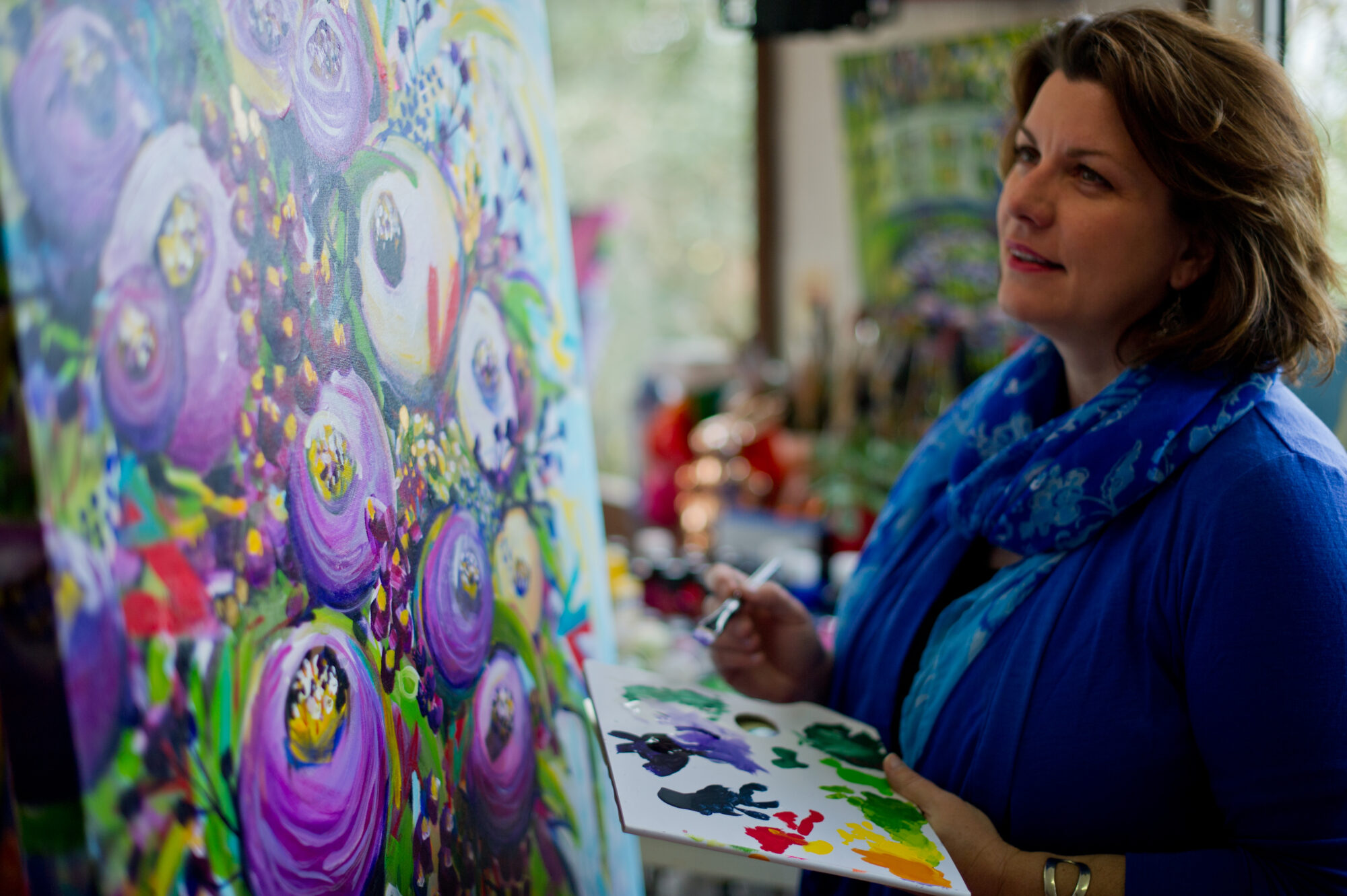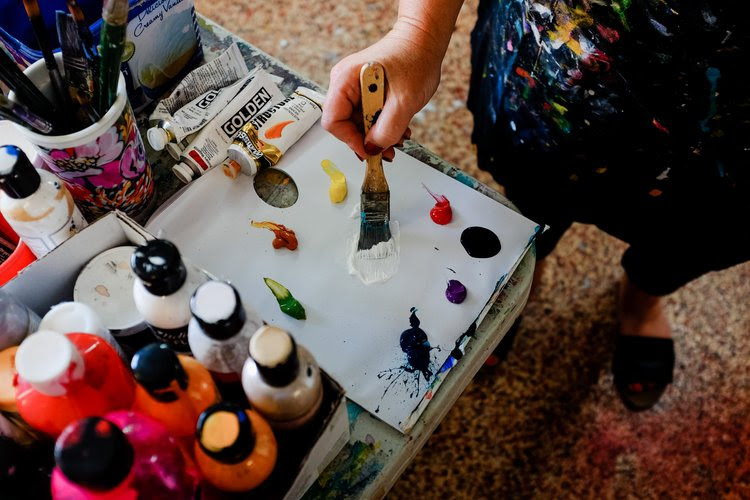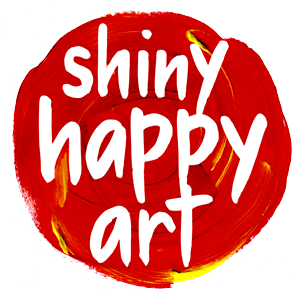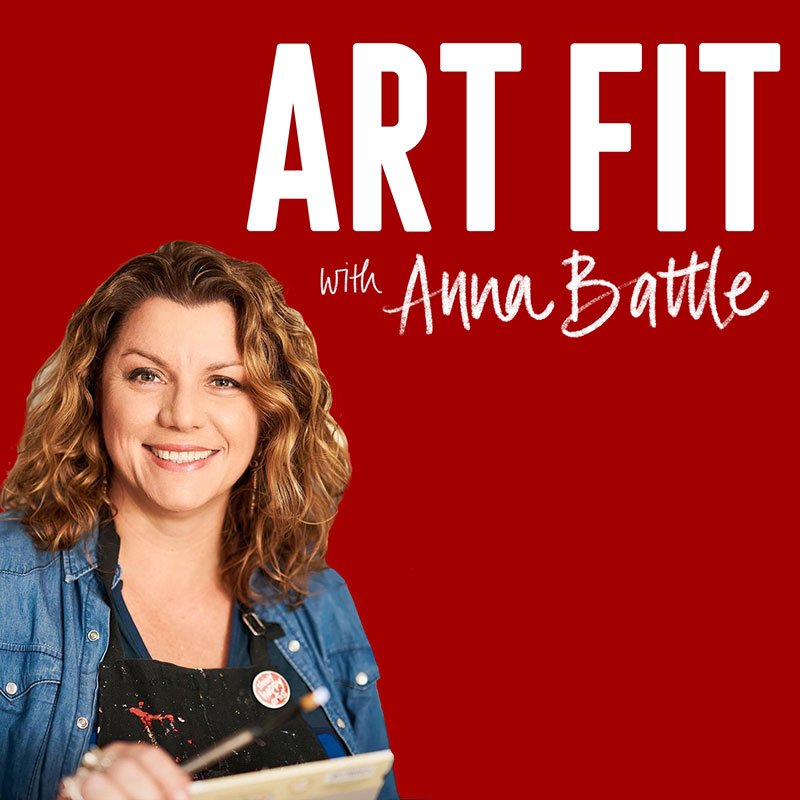Ahhhhh! The age old question asked by beginner (and intermediate… and some experienced) artists everywhere!
How do you know????
The answer you probably don’t want to hear is:
You’ll know when you know.
Knowing a painting is done and it’s time to down tools is a skill that you have to gain through experience. It’s not something that can be taught because it’s such a personal thing. It has to come from inside you.
BUT!
I honestly think a more common problem for beginner artists is, “How do you know when your painting has gone far enough?”
Have you heard the famous Coco Chanel quote: “Before you leave the house, look in the mirror and take one thing off.”?
Well, when you’re starting out with painting, I recommend the opposite:
“When you think you’re finished, add two more things.”

These are things I teach in my online classes – it could be pattern or tone or highlights or composition related – by painting along with me you build your painting technique vocabulary. This means you’ll have a library of ideas to draw on when it comes to choosing the two things.
And the other way to learn when to stop is, quite simply, to go too far.
When you tip over the edge and your watercolour becomes fiddly, or your acrylic painting becomes super busy and disconnected – THAT is learning that won’t be forgotten in a hurry. So when it happens, I like to label that my ‘training time’.
Personally, I feel my paintings are finished when nothing jumps out at me as ‘unfinished’ any more. There is a hook to the painting that will draw a viewer in without too much distraction. I can look at it without wanting to add more or adjust things.
If possible, I like to sleep on it. Sometimes I have it around the house for a full week – leaning it against something in the lounge room, just noticing it and living with it, to see if something catches my eye or another idea/addition pops into my mind.
Once I’m happy, I string and varnish it, photograph it and thank it (my paintings are important to me and every single one is a learning experience – so ‘thanking it’ seems appropriate!), and send it on it’s way into the world. To be sold via my website or at an event, or donated or gifted.
No regrets. It’s the best I can do right now. It’s done.

But what am I looking for? There are definitely some theoretical things and some aesthetic things you can think about when you’re trying to figure out if your painting is finished.
Here’s a checklist that may be helpful.
Colour
Are you happy? Notice bright vs dull and light vs darks. Are the colours harmonious or jarring? Is that what you wanted?
Contrast
If you want it to ‘pop’, you should have your darkest darks next to your lightest lights. Do you even have darks and lights? Can you go darker, or lighter?
Marks
The way your paint is applied is important. Are your brush marks obvious or not? Do you want the brush marks to be a feature?
Variation
Do you have the same brush marks all over the painting? Or the same colours or tones? Variety is one of the Principles of Art, so if you’re noticing something isn’t ‘quite right’, it could be as simple as not including variety in your work.
Composition
Are you drawn into your painting? If it was hung in a gallery would someone stop for at least 3 seconds to really look at it? Where does your eye move first? Having a ‘balanced composition’ is your choice – just don’t leave it ‘unbalanced’ by accident (ie. because you haven’t considered balance).
Texture
In realistic paintings, we are actually painting the way the light hits various textures of objects. So do you have a variety of paint tones and textures? Just like interior decorating, it’s often the textures that make a scene interesting.
Scale and Size
Are you including different sizes and shapes in your painting? If everything is uniform in size, it can be hard to know where the focal point is. If you want a focal point, choose where it is, and make it obvious in size and shape.

A couple more things:
Does it look unfinished?
Is there anything you just feel you want to change?
Are you happy to be connected to this piece – is it your style? Your taste? (Remember, if you’re not happy with it, that’s a totally ok learning too!)
Is it YOU??? Have you captured how you felt while you painted it and is it expressing that feeling? Do you even care if the viewer knows how you felt? Is there a learning in this painting that leads to your next?
Another option
Finally, sometimes the best way to know you’re finished is to simply call TIME. Declare it finished and start a new one.
If you’ve learned something – either what to do OR what NOT to do – it has been time well spent.
Now take that learning and start afresh. Because that’s where the true joy lies. In the process. In actually BEING an artist. Work the verb and keep ‘being’.
That’s enough ‘deep’ for now. Let’s paint.




